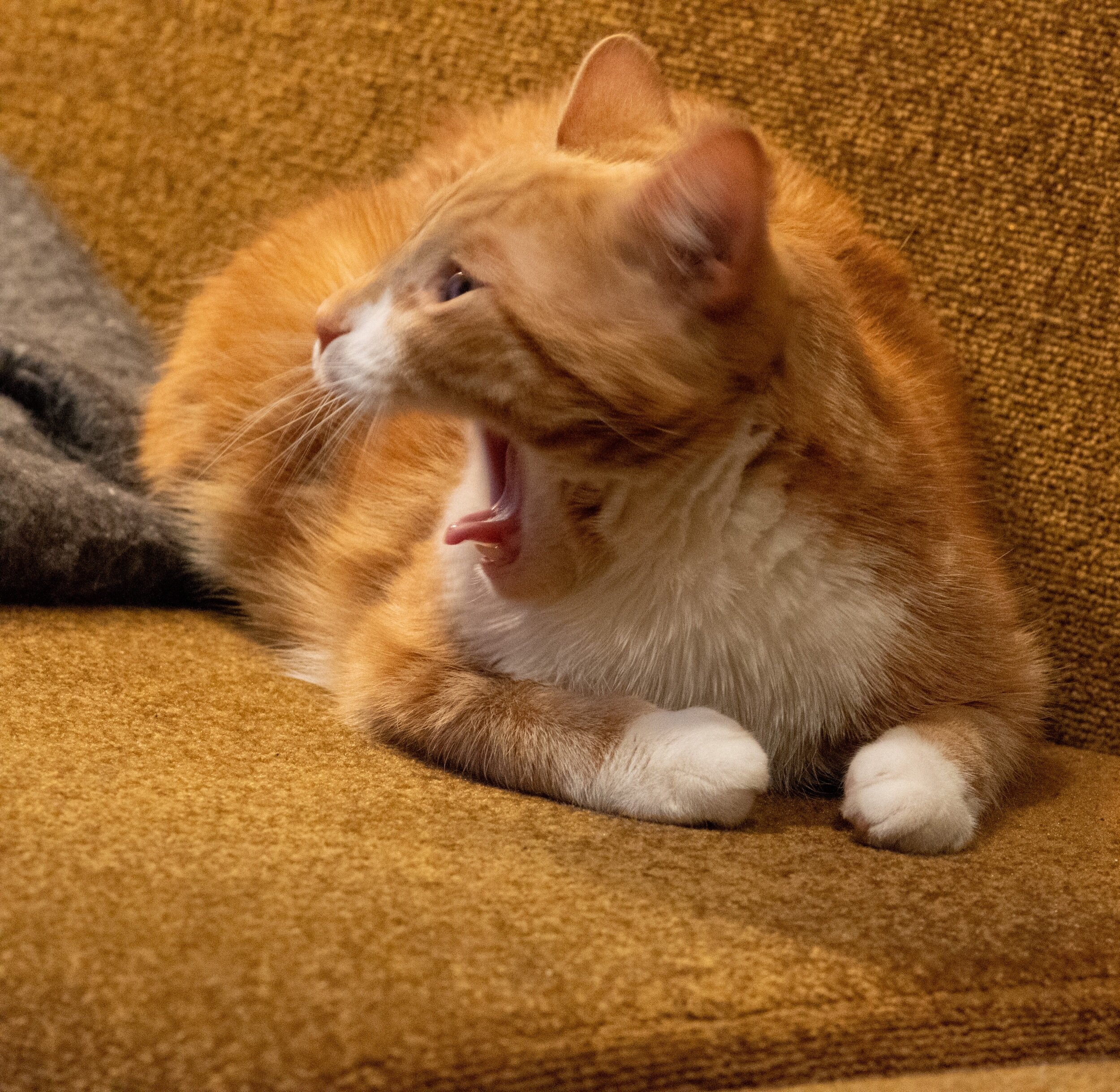4 basic camera controls you should know
In this post I will explain 4 fundamental camera controls you should know to start shooting in manual mode. The 4 controls I will explain is: Shutter speed, aperture, iso and white balance.
Shutter speed
The shutter speed indicates how long the shutter of your camera stays open and expose the sensor to light. The longer your shutter stays open the more light is exposed to the sensor, but also the camera will capture all the motion happening while it is open. A long shutter speed is usually used when shooting pictures at night or if you want to capture motion, like light trails or get a waterfall to look extra dreamy( to shot with a long exposure during the day you need a ND filter, which blocks light from entering your lens).
Using a fast shutter speed to freez the moment.Photo: Are Ole Ramstad
A fast shutter let's in less light and freezes the moment. If you are shooting sports, the kids playing, your dog or wild life you will benefit from a fast shutter speed. A fast shutter will let in less light, so you will have to compensate with using aperture and Iso.
Aparture.
Aparture is basically the iris of the lens. The aparture of the lens consists of blades that open and close and makes a circle. The size of the opening is reffered to as a F. Stop and the lower number the more open the aparture is and the more light it let’s through the lens.
Aparture also controls depth of field, you have probably seen those portraits with a creamy background blur, those have probably been shot with a wide open aperture- low f.stop like f.2 or f.1.8.
Shot with a 50mm portrait lens at f.1.8 to create a creamy background. Photo: Are Ramstad
If you shot landscapes and want your whole image to be in focus you can achieve this with a higher f.stop like f.10-f.16. Just keep in mind that when you adjust your aperture you also have to adjust your shutter and iso to balance your exposure. Also beware that a aperture higher than f.16 will cause defraction and make your image less sharp. The key to depth of field is to balance a aperture that gives you as much depth of field as you need and acceptable sharpness.
Iso
The Iso is your camera sensors sensitively to light. The higher the iso the more sensitive the camera sensor become.
The iso is usually the last thing you adjust to fine tune your exposure. The problem with high iso is that It often introduces more grain and noise to your image, however most modern cameras can handle a higher iso.
During day time a iso between 100-500 works fine, if you shot in low light situation you can with som cameras go as high as 3200 before you see any viable noise in your photos. Just be aware that noise and grain can ocure if your iso is to high.
White balance
White balance is a camera setting that adjust the color of light that reaches your camera. Say you for example take a photo during the night and the light from houses or street lamps make the photo very orange or yellow, you can balance this with a cooler white balance.
With balance is measured in Calvin where the lower number indicate coler tones while higher number indicates warmer tones.
In most cameras you can adjust the white balance to the scene you are photographing, cloudy, sunny, indoors are white balance settings you find in most cameras. If you shot in raw, it is also possible to adjust the white balance in a photo editing software or app.
Did you find this usefull or maybe you got somthing to add, dont’t be afraid to drop a coment below.









